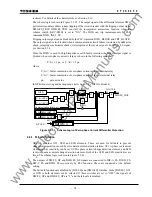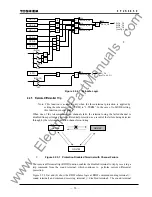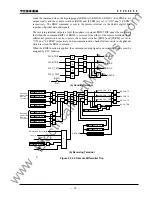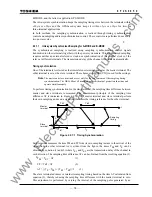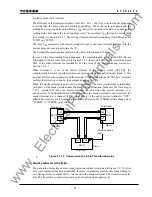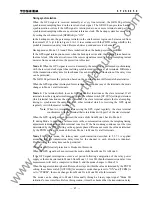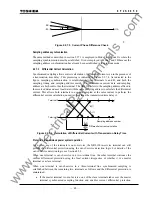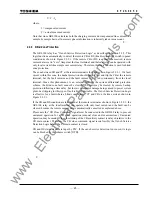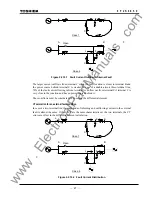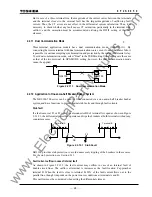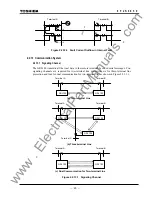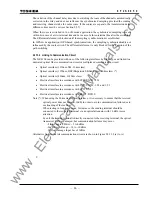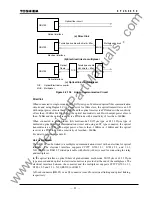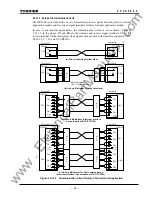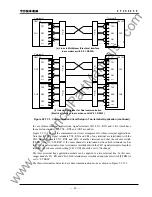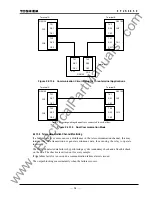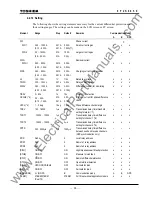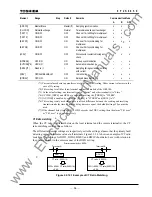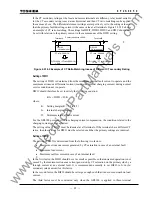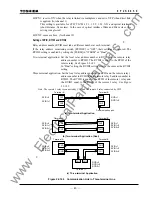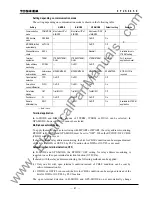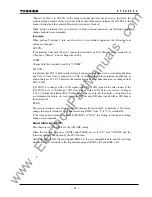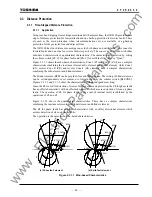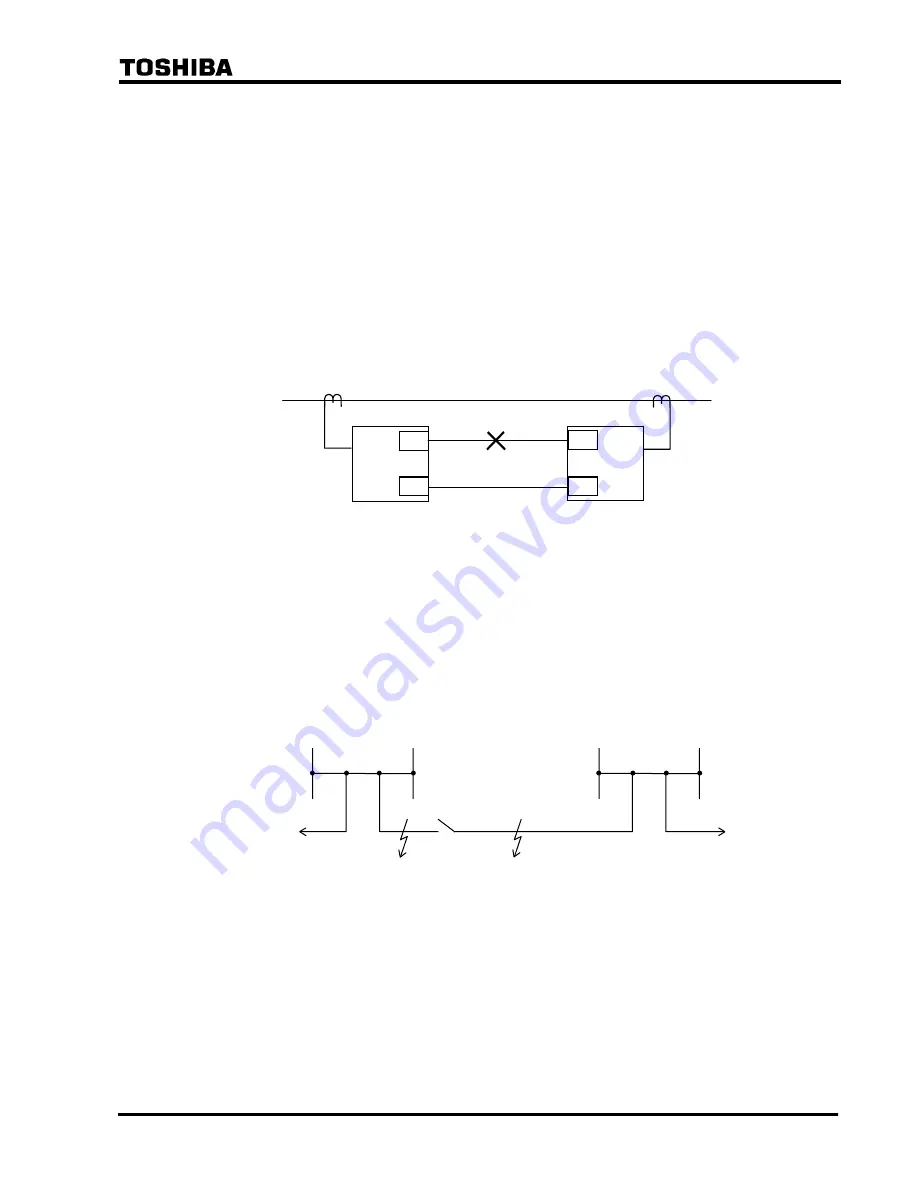
28
6
F
2
S
0
8
5
0
But in case of a three-terminal line, the magnitude of the current varies between the terminals
and the terminal closest to the external fault has the largest magnitude of outflowing fault
current. Thus, the CT errors are not offset in the differential current calculation. Thus, it is
necessary to check whether any fault causes CT saturation, particularly in the terminal with
outflow, and the saturation must be accommodated utilising the DIFI2 setting of the DIF
element.
2.2.11 Dual Communication Mode
Three-terminal application models have dual communication mode (GRL100-
∗
1
∗
). By
connecting the remote terminal with dual communication routes, even if one of the routes fails, it
is possible to continue sampling synchronization and protection by the current differential relay.
To set dual communication mode, select "Dual" in the TERM setting. Other settings are the same
as that of the two-terminal. In GPS-MODE setting, however, the dual communication mode
cannot be applied.
GRL100
GRL100
CH1
CH2
CH1
CH2
Figure 2.2.11.1 Dual Communication Mode
2.2.12 Application to One-and-a-half Breaker Busbar System
The GRL100-700 series can be used for lines connected via a one-and-a-half breaker busbar
system, and have functions to protect against stub faults and through fault currents.
Stub fault
If a fault occurs at F1 or F2 when line disconnector DS of terminal A is open as shown in Figure
2.2.12.1, the differential protection operates and trips the breakers at both terminals without any
countermeasures.
Terminal A
F2
F1
DS
×
×
×
Terminal B
×
×
×
Figure 2.2.12.1 Stub Fault
GRL100 provides stub protection to avoid unnecessary tripping of the breakers in these cases.
For the stub protection, see Section 2.13.
Fault current outflow in case of internal fault
As shown in Figure 2.2.12.2, the fault current may outflow in case of an internal fault of
double-circuit lines. The outflow at terminal A increases as the fault location F approaches
terminal B. When the fault is close to terminal B, 50% of the fault current flows out to the
parallel line, though it depends on the power source conditions at terminals A and B.
This outflow must be considered when setting the differential element.
www
. ElectricalPartManuals
. com
Summary of Contents for GRL100-701B
Page 329: ... 328 6 F 2 S 0 8 5 0 w w w E l e c t r i c a l P a r t M a n u a l s c o m ...
Page 339: ... 338 6 F 2 S 0 8 5 0 w w w E l e c t r i c a l P a r t M a n u a l s c o m ...
Page 351: ... 350 6 F 2 S 0 8 5 0 w w w E l e c t r i c a l P a r t M a n u a l s c o m ...
Page 381: ... 380 6 F 2 S 0 8 5 0 w w w E l e c t r i c a l P a r t M a n u a l s c o m ...
Page 413: ... 412 6 F 2 S 0 8 5 0 w w w E l e c t r i c a l P a r t M a n u a l s c o m ...
Page 417: ... 416 6 F 2 S 0 8 5 0 w w w E l e c t r i c a l P a r t M a n u a l s c o m ...
Page 453: ... 452 6 F 2 S 0 8 5 0 w w w E l e c t r i c a l P a r t M a n u a l s c o m ...
Page 457: ... 456 6 F 2 S 0 8 5 0 w w w E l e c t r i c a l P a r t M a n u a l s c o m ...
Page 473: ...w w w E l e c t r i c a l P a r t M a n u a l s c o m ...

